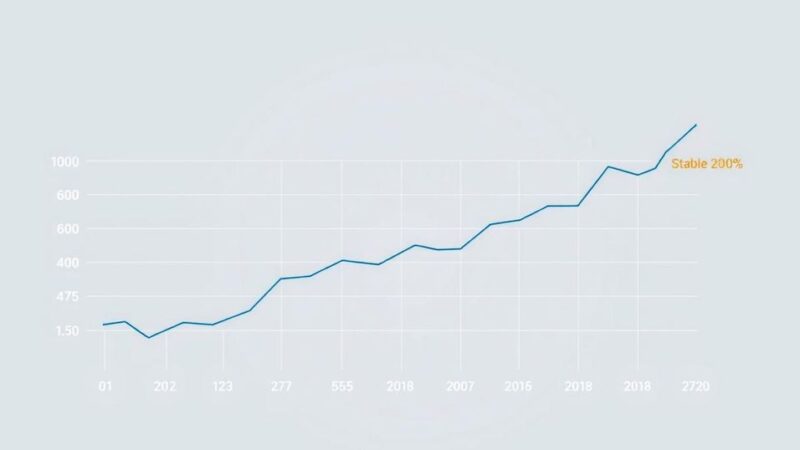Flutterwave plans to list on Nigeria’s NGX, which poses both opportunities and challenges. Benefits include easier capital access and increased transparency, while issues arise from its lack of profitability and stringent regulations. The current macroeconomic environment adds further risk to its potential success in the capital market.
Flutterwave, a leading fintech company, is planning to list on Nigeria’s Nigerian Exchange Group (NGX), which has raised discussions about its potential impact and viability. Founded in 2016 by Olugbenga Agboola and Iyinoluwa Aboyeji, Flutterwave achieved unicorn status in 2021 and operates across several African countries. Compared to established companies like Chams and Etranzact, Flutterwave’s listing introduces both opportunities and challenges, given its relatively short history and profitability issues.
The potential benefits of Flutterwave’s public listing include improved access to lower-cost capital and enhanced credibility that comes with being a publicly listed company. Additionally, the listing can provide greater transparency in the company’s valuation and liquidity for trading shares, helping to attract foreign investments and motivate employees through stock options. This could also inspire confidence within Nigeria’s technology sector.
However, Flutterwave’s current lack of profitability presents significant challenges. The investor criteria in Nigeria’s capital markets heavily prioritize profitability, which Flutterwave has yet to establish. The patience of Nigerian investors is considerably lower than that of investors in markets like the US, where companies like Tesla have thrived despite periods of loss. This could hinder Flutterwave’s access to necessary capital sourced from pension funds and mutual funds.
If Flutterwave goes public, it will face regulatory demands such as providing audited financial statements and maintaining certain benchmarks for growth and shareholder numbers. The company may struggle with the stringent requirements of the main NGX board, potentially opting instead for the Technology Board with lesser obligations. However, this would limit its investors to institutional participants, sidelining retail investors and complicating its capital sourcing strategy.
The macroeconomic conditions in Nigeria also play a critical role in the success of the listing. Successful stock listings often coincide with favorable economic trends, and recent history shows that many new non-bank companies have struggled for traction post-IPO. Moreover, Nigeria’s current negative interest rate-inflation differential indicates a challenging economic landscape, likely diminishing investor appetite for Flutterwave’s shares.
In summary, while there are prospective advantages for Flutterwave in going public, the accompanying risks and challenges cannot be overlooked. The combination of current profitability issues, regulatory requirements, and a tough macroeconomic environment presents a precarious landscape forFlutterwave’s upcoming listing. The company may need to explore options like American Depository Receipts (ADRs) to attract broader investment from foreign markets, thus enhancing the chances of a successful public offering.
In conclusion, Flutterwave’s planned listing on Nigeria’s NGX offers both significant opportunities and substantial risks. While it could enhance capital access and boost the technology sector’s morale, the company’s existing profitability challenges and the strict regulatory environment must be navigated carefully. The current macroeconomic climate further complicates the potential for success, necessitating strategies to draw foreign investment.
Original Source: www.connectingafrica.com






